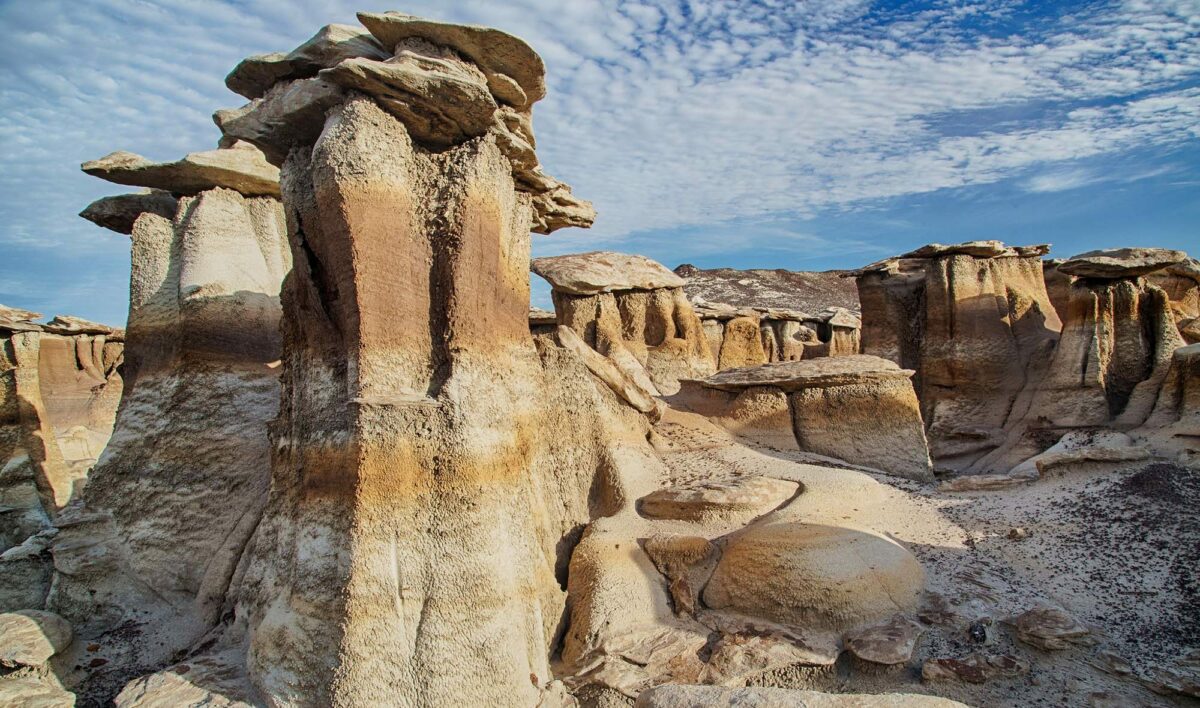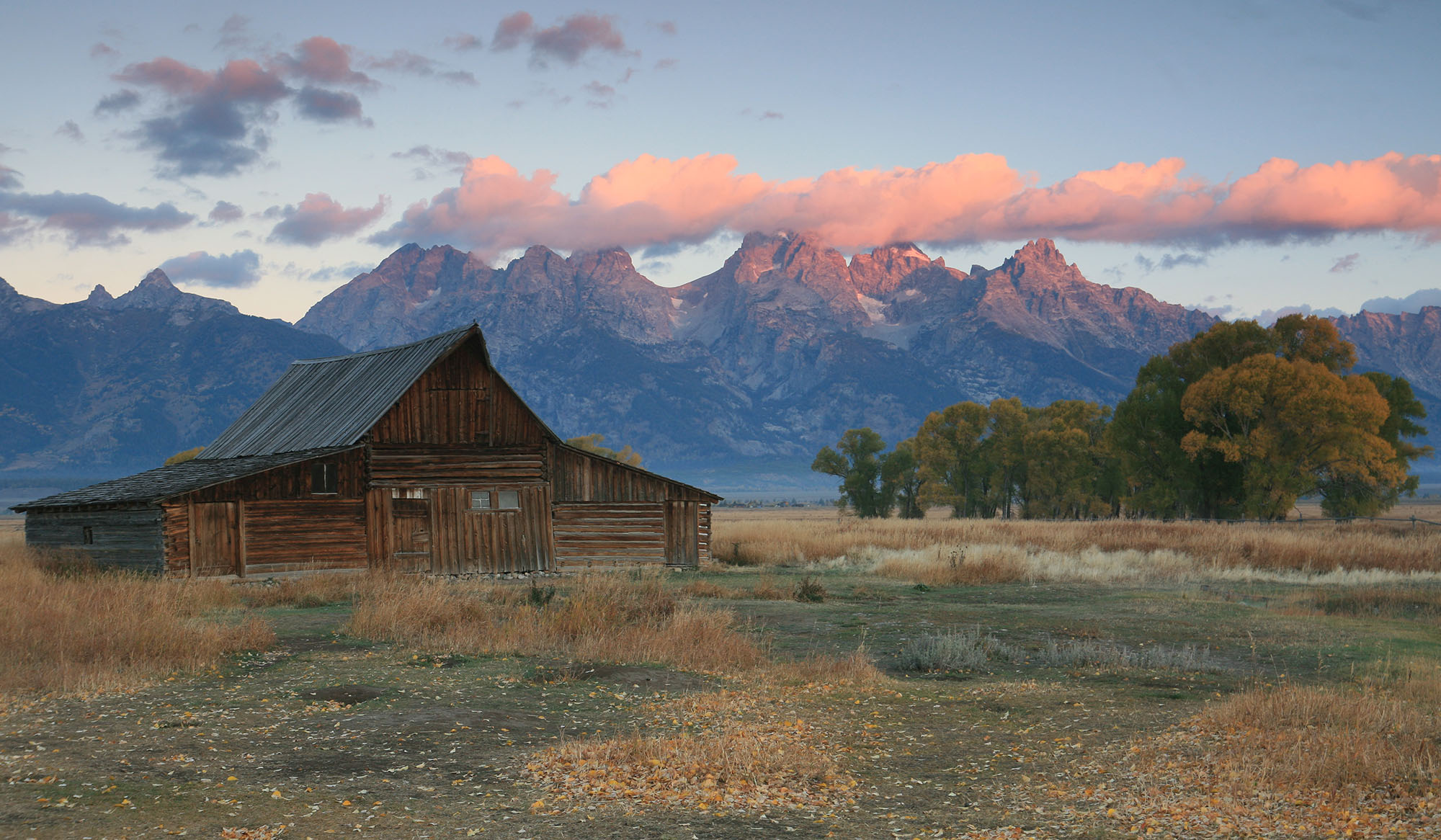Chattanooga, Tennessee, is one of the best towns for outdoorsy folks, according to Outside magazine. In fact, it’s won Outside’s “Best Towns” contest twice. Mountains, forests, parks, and so much more helped the town earn this distinction. On a recent trip to this scenic southern city, I visited a collection of Chattanooga’s top adventure attractions to find some of the best options available to nature-loving travelers.
My journey took me from the ridges to the rivers, and, along the way, I compiled valuable info on local trails, kayaking spots, and some more obscure points of interest. Today, I’m sharing all of the details in this outdoor adventurer’s guide to Chattanooga.

What can you do in Chattanooga?
In short, a lot. Chattanooga offers something for almost everyone. Dive into the caverns of Ruby Falls and learn the romantic story of an underground waterfall. Take a beautiful drive over to Sequatchie, Tennessee, and go on a gorgeous hike to Foster Falls. Need to find an activity for the whole family? Drive up the adventure-packed Lookout Mountain and take a tour of Rock City.
After you’ve wandered through Rock City, stay on the mountain for a nature walk through Reflection Riding Arboretum & Nature Center. And, if you’re on the mountain during golden hour, make the trek to Sunset Rock and watch the sunset over Chattanooga.
Find even more places to explore with these activity-specific recommendations.

Hiking
While the Foster Falls trail is an excellent option for hikers, Chattanooga is home to other great trails, too. For example, you can take the Craven’s House Trail to reach Sunset Rock. Hikers who don’t mind a little mud can visit Stringers Ridge and follow the Blue Trail.
A little further out, adventurers can find a challenging hike in Prentice Cooper State Forest. The Signal Point Trail to Bee Branch Trail route is a 4.2-mile out-and-back excursion with an elevation gain of 682 feet. AllTrails reviewers recommend ankle supports and visiting in autumn for spectacular fall scenery.

Water sports
With the Tennessee River curving through Chattanooga, you know there are options for everything from kayaking to tubing. One of the top water-based attractions in the area comes between March and April. In the evening, kayak to Nickajack Cave and watch gray bats fly out to begin their nocturnal hunts. These endangered critters make quite a scene!
Of course, if bats aren’t your cup of tea, there are other fun options. Enjoy free kayak and SUP put-ins in downtown Chattanooga. This map from Outdoor Chattanooga can guide you toward the best spots. You can also try a guided tour of the Tennessee River aboard the Southern Belle or with Chattanooga Ducks. Prefer fishing? Head to Booker T. Washington State Park and catch catfish on Chickamauga Lake.

Park hopping
Park-hopping isn’t just a Disneyworld activity. In cities like Chattanooga, there are tons of lush (and free!) parks worth visiting. For an afternoon art walk or picnic, hit up the Sculpture Fields at Montague Park. This funky park features over 50 massive sculptures on 33 acres. In October, you can watch a giant sculpture go up in flames during the park’s Fire Up The Fields event.
In the North Shore neighborhood, stop by Renaissance Park to stroll through 23 acres of wetlands. At Coolidge Park, visitors can go sightseeing along the Riverfront. On the opposite side of the Tennessee River, Ross’s Landing is a great place to learn about Native American history.

Disclaimer: While this article was not sponsored, Outdoors Wire did visit Chattanooga during a press trip with Chattanooga Tourism Co. As always, Outdoors Wire operates independently, and this doesn’t influence our coverage.









